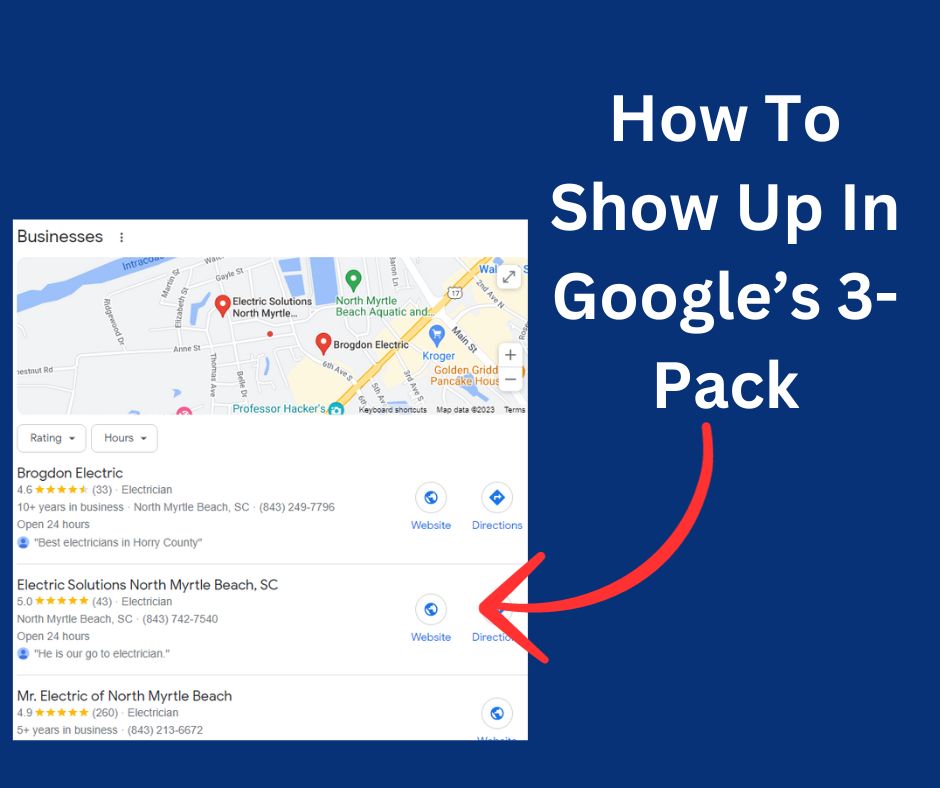Choosing a name for your website (aka domain name) is a very important element of your online presence. Over the years, most obvious names have been registered either by end ysers or speculators looking to make a bonanza from someone who covets one of their names. So, where to begin? Here are a few tips.
- You domain should have some connection to business, product, mission, or message.
- Make the domain name as short as possible. Long names are harder to remember and even harder to type without error.
- Names that are memorable for whatever reason are especially good.
- Use names that are easy to spell – make sure there is only one spelling and make sure there is not a foreign term that sounds similar but with different spelling.
- Think of branding across all digital channels.Try to choose a domain that you can match up on any social media sites you may want to join. Check the big four – Facebook, Instagram, Twitter and Linkedin.
- Your first choice for extensions is still dot com (yourdomainname.com). However, don’t stress out if your dot com is not available as there are now literally hundreds of new extensions, many of which are being used by major corporations. For example, Zoom Video Communications, Inc. uses zoom.us. Keyword search, Google’s emphasis on local search and bookmarking has reduced the importance of the popular exensions.
- Do not use hyphens, underscores, and the use of numbers (9 for nine, etc.) whenever possible. Keep i mind that someone hearing your domain should be able to type it in a browser easily.
- You may want to buy competing domains to protect your brand. For example, if you buy the dot com, you may want to buy the dot net, too…and maybe the dot org to prevent others from buying those domains and pointing them to competing sites. There is nothing more frustrating than building a brand and having your hard work benefit a competitor….who only had to buy a somewhat “matching” domain to grab some of your traffic.
There are a number of other factors to consider in choosing a website domain, but these are some of the more important ones.
Here’s a link to our hosting divison that can also help you search and register your domain. (celeritas is latin for speed)






